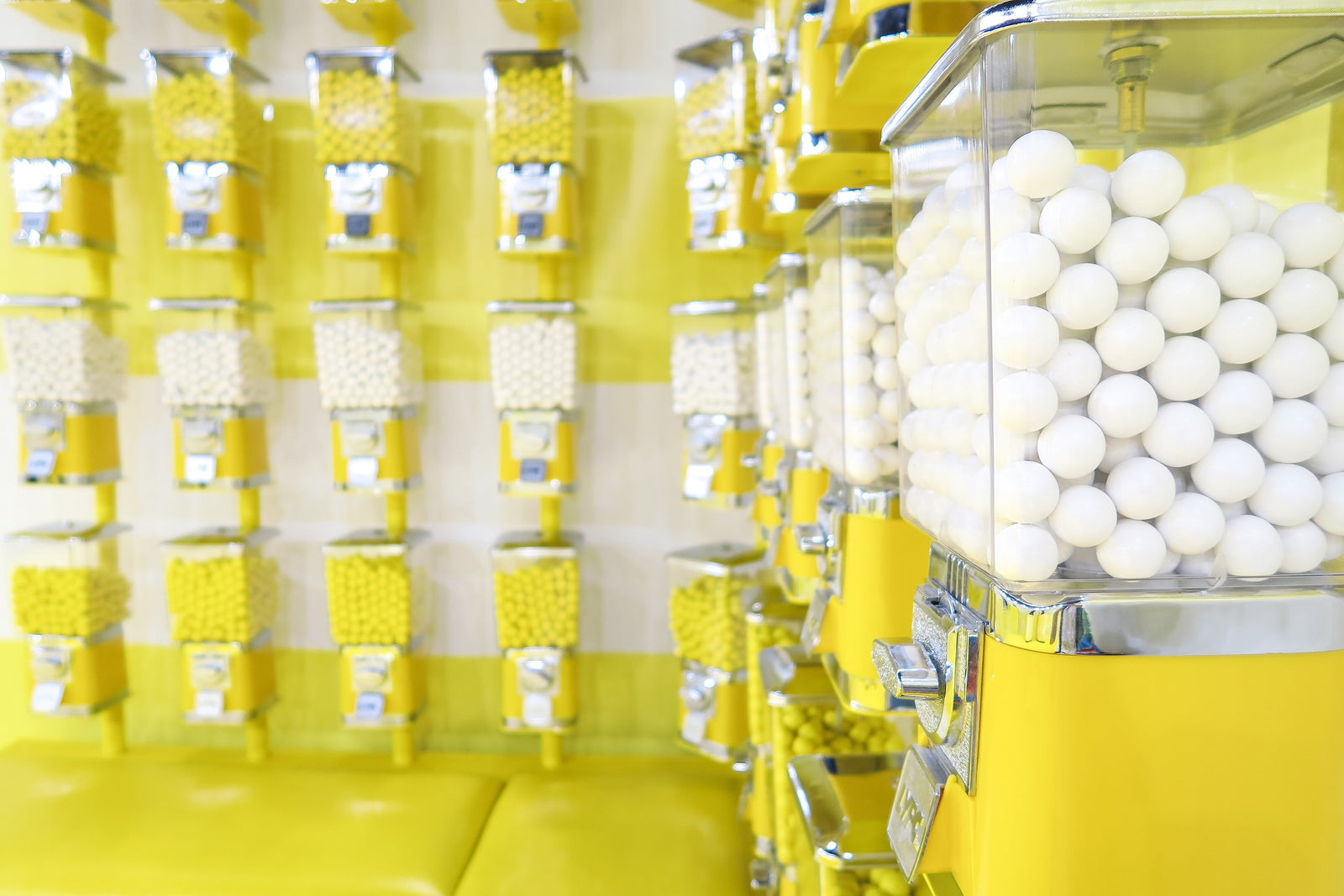🚚 FREE USA SHIPPING ON ORDERS OVER $30! INTERNATIONAL SHIPPING AVAILABLE.
🚚 FREE USA SHIPPING ON ORDERS OVER $30! INTERNATIONAL SHIPPING AVAILABLE.
Power nap for high performance? NASA says yes!
by Tina Sendin 4 min read

Working from home comes with a lot of perks.
Less time spent (or wasted?) for commuting. Less transport costs like gas, toll and parking fees. More flexibility in how you use your time. Going for a quick walk around the block before the start of work or during lunchtime.
But our favorite perk must be more opportunities for napping!
Don’t get us wrong – there’s nothing criminal about a quick, cheeky nap. But unless work totally welcomes the idea of napping at work, squeezing in some snooze time in the office can be quite tricky.
So having your lounge a few steps away from your work desk or your bed right next to you sounds pretty convenient, isn’t it?
Now before you close this tab and feel guilty about considering even just a quick work nap, hear us out.
Unless you’re thinking of a 3-hour nap, then feel free to embrace the idea of a quick snooze as a productivity hack... especially if you’re after boosting mental performance.
Research shows that power naps increase memory, improve brain performance and reduce stress. And one of the smartest, ground-breaking organizations in the world encourages power naps.
What NASA says about power naps
According to Business Insider, the National Aeronautics and Space Administration (NASA) conducted a research on using naps to restore cognitive function: [1]
NASA's research showed that naps really can fully restore cognitive function at the same rate as a full night's sleep. The space agency found that pilots who slept in the cockpit for 26 minutes showed alertness improvements of up to 54% and job-performance improvements by 34%, compared to pilots who didn't nap. But 26 minutes might be a little long.
This finding is in parallel with what most sleep experts are saying about the subject matter. According to Kimberly Cote, PhD, professor of psychology and neuroscience at Brock University, naps help in improving mood, alertness and performance, which includes reaction time, attention and memory. [1]
How long should a power nap be?
To get the optimal boost in mental performance, how long should the nap last?
Apparently, the shorter the better.
The power nap – NASA-style – should NOT take longer than 30 minutes. As a matter of fact, 26 minutes in the aforementioned research performed by NASA is considered a tad too long.
The magic number – according to NASA and sleep experts – is between 10 and 20 minutes. That is if you want to wake up with a crystal clear head and avoid “sleep inertia.”
Professor Cote explains what sleep inertia is. It’s that groggy and drunken feeling you get when you take longer naps and enter deep sleep, only to wake up in the middle of the day.
So if you must try what NASA recommends as a power nap, make sure you set an alarm and wake up in 20 minutes at most. This will allow your brain to get enough rest and rejuvenate you, just in time for some afternoon work action.
That will also make sure that you won’t oversleep and end up having your colleagues looking for you online. Ack!
But you know what’s better than NASA power naps?
We know another trick – life hack if you must – that we think can take this NASA nap to another level.
It’s called coffee naps. Simply put, it’s drinking coffee or having a caffeine fix before you take a nap.
Studies have shown that coffee naps are more effective than coffee or naps alone - but we'll get to that later.
For now, here's how coffee naps work. [2]
First, we'll have to thank the two processes for why coffee naps work: how your body tells you it's tired and how it responds to caffeine.
As you go about your day, your body breaks down molecules called adenosine triphosphate or ATP. They're the body's biochemical energy supply and when they get broken down, they leave behind adenosine. As it accumulates, your body gets the signal that it's "getting tired."
Some enzymes in your body are more able to break down adenosine when you're sleeping, than when you're awake.
When you're awake, adenosine builds up. But when you sleep, you're allowing the enzymes to catch up and clear out the adenosine.
The reason why caffeine works in keeping you awake is that it's shaped as an adenosine. When it binds into adenosine receptors, it blocks the actual adenosine molecules. So you feel less tired.
Here's the clincher: When you bring a nap and caffeine together, you get your ultimate efficient and ultra-powerful sleep!
Because it usually takes 20 minutes for caffeine molecules to travel through your body to your brain, you can allow your body to clear out the adenosine in the brain through a 20-minute snooze!
By the time caffeine rushes in within this period, there's much less adenosine to compete with and the caffeine molecules are more likely to bind into receptors instead of adenosine ones that tell your body you're tired.
Again, be careful not to overdo your snooze time though! Napping that goes beyond 20 minutes makes it harder to wake up.
How you should take a coffee nap
It’s pretty simple. Take these four easy steps:
- Find a good place to nap and make the room a conducive place to sleep. Get rid of distractions. Wear a sleep mask or ear plugs if you must. Working from home makes this more doable.
- Have your caffeine fix. You can drink coffee or pop a caffeine mint or two.
- Set your alarm to awaken you around 15 to 20 minutes.
- Take a nap.
Try the NASA power and coffee nap combo
If you're looking for that solid productivity hack in 2020, look no further. Why don't you try this powerful combo and let us know how it works for you. If they work for astronauts, they're definitely good for you too!
Sources
Also in Viter Energy Blog

Can caffeine help with ED?
by Mark Miller 3 min read
Erectile dysfunction. In combination, those are two of the ugliest words known to man. But can caffeine help you get it up?
Science hasn't found the definitive answer to this question, but one study concluded that fewer men who consume caffeine have problems performing. The study said:
Caffeine intake reduced the odds of prevalent ED, especially an intake equivalent to approximately 2-3 daily cups of coffee (170-375 mg/day). This reduction was also observed among overweight/obese and hypertensive, but not among diabetic men. Yet, these associations are warranted to be investigated in prospective studies

Caffeine while breastfeeding? Go ahead, it's OK
by Mark Miller 4 min read
Many breastfeeding mothers wonder if it's OK to take caffeine. In fact, many nursing mothers just avoid caffeine in case it would keep their babies fussy, jittery and awake.
The answer is yes, you can take caffeine while breastfeeding, as long as you don't go over about 300 mg a day.
It's an important question because caffeine is in so many products, and taking coffee, tea, or soda is such a common ritual.
And breastfeeding mothers may be tempted to take caffeinated products because they are deprived of sleep by their newborns' odd sleep schedule.

The surprising benefits of chewing gum
by Mark Miller 5 min read
You might think gum chewing is an activity with little or no benefits besides the pleasure and flavor, but think again. Chewing gum has several benefits.
In addition to freshening your breath, sugar-free gum can help prevent cavities and contribute to overall oral health. But that's just the beginning.

